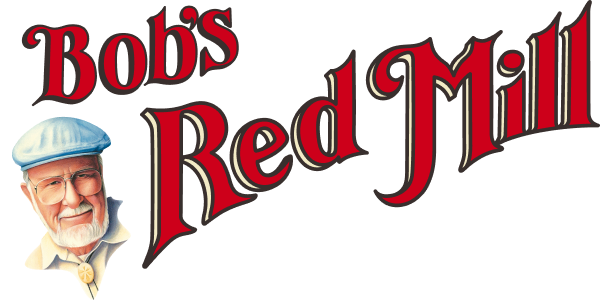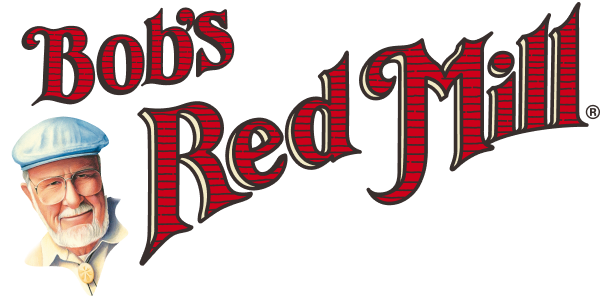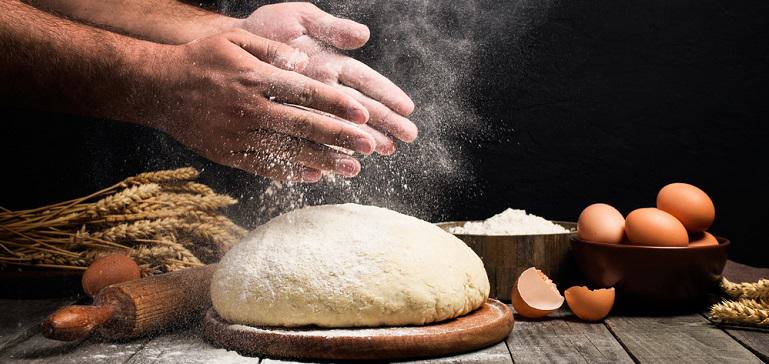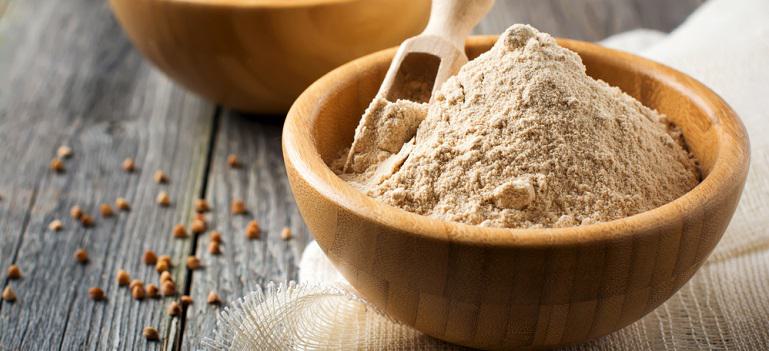


 Baking at home is a favorite pastime for many and can be rather calming. The comforting feeling of a spongy, pliable dough in your hands as you knead and roll it helps to encourage mindfulness. Plus, the scent of fresh bread emerging from the oven is sure to calm even the most anxious of bakers.
However, while bread baking is a somewhat simple process, it can be challenging for those who have never tried it. And those challenges are magnified when gluten free ingredients are used. For kitchen scientists who love tweaking ratios, components, and temperatures gluten free baking is sure to be an adventure.
For others, the intimidation of it all may discourage them from trying it all together. However, because we believe bread baking is a hobby that everyone can enjoy, we've compiled some beginner-friendly gluten free baking tips, as well as recipes to start with. Review the information below and then decide which gluten free bread flour is best suited for the loaf of bread you'd like to make. From sandwich bread to dinner rolls, gluten free bread making is a skill that's sure to be appreciated.
Baking at home is a favorite pastime for many and can be rather calming. The comforting feeling of a spongy, pliable dough in your hands as you knead and roll it helps to encourage mindfulness. Plus, the scent of fresh bread emerging from the oven is sure to calm even the most anxious of bakers.
However, while bread baking is a somewhat simple process, it can be challenging for those who have never tried it. And those challenges are magnified when gluten free ingredients are used. For kitchen scientists who love tweaking ratios, components, and temperatures gluten free baking is sure to be an adventure.
For others, the intimidation of it all may discourage them from trying it all together. However, because we believe bread baking is a hobby that everyone can enjoy, we've compiled some beginner-friendly gluten free baking tips, as well as recipes to start with. Review the information below and then decide which gluten free bread flour is best suited for the loaf of bread you'd like to make. From sandwich bread to dinner rolls, gluten free bread making is a skill that's sure to be appreciated.
 Though the name might have some tricked, buckwheat flour doesn't contain wheat at all. A popular pseudocereal, buckwheat flour is an excellent source of protein and fiber. In addition, its nutty and earthy flavor can be used to enhance savory recipes and even works well when making pancakes and muffins. Though buckwheat flour isn't a direct substitute for all-purpose flour, it can create many of the same recipes. That being said, buckwheat flour doesn't produce much of a rise and should be used to develop low-rising bread like a pizza crust, pancakes and flatbread.
Though the name might have some tricked, buckwheat flour doesn't contain wheat at all. A popular pseudocereal, buckwheat flour is an excellent source of protein and fiber. In addition, its nutty and earthy flavor can be used to enhance savory recipes and even works well when making pancakes and muffins. Though buckwheat flour isn't a direct substitute for all-purpose flour, it can create many of the same recipes. That being said, buckwheat flour doesn't produce much of a rise and should be used to develop low-rising bread like a pizza crust, pancakes and flatbread.